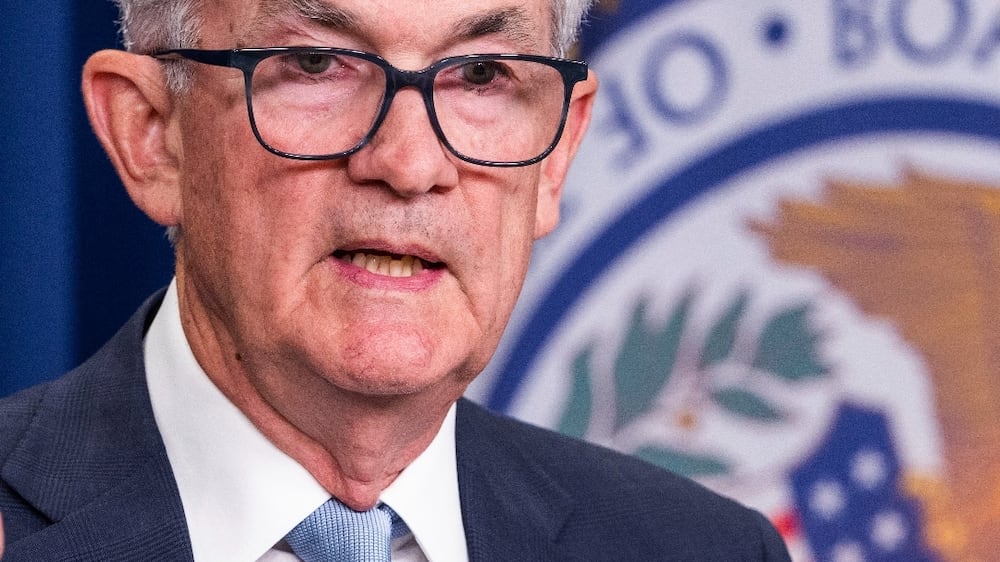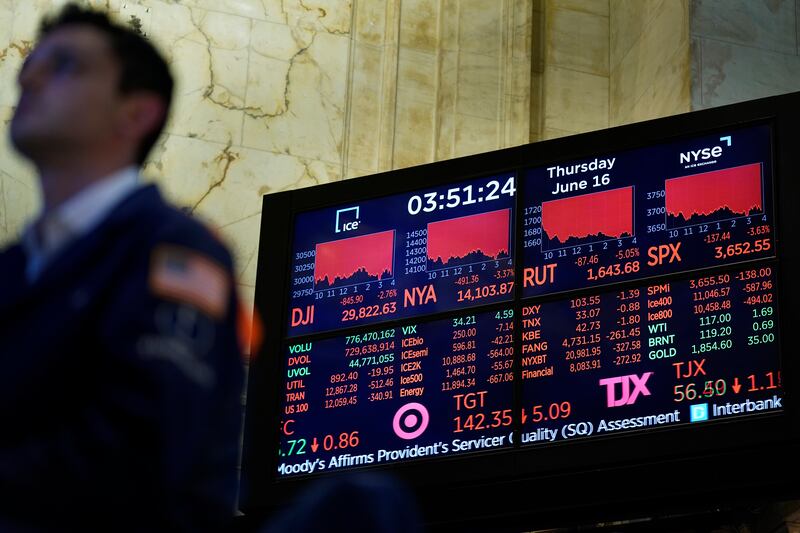We started the year with the hope that, although slowing, economic growth would continue at a higher pace than projected.
While this remains the case, inflation has been weighing heavily on this positive outlook. Rising inflation is compounded by the war in Ukraine and China's zero-Covid-19 policy, which is putting pressure on the country's growth and the global supply chain.
The conflict in Ukraine is not something that investors will easily disregard. In addition to being a humanitarian crisis, it is also a priority for national security. No one knows how it will unfold. The same goes for macro costs and market setbacks, so it is essential to recognise what we cannot predict for certain.
We are optimistic but cautious about the prognosis for economic growth, labour markets, expenditure, revenues, redemptions and the risk of corporate default.
Fluctuating inflation will gradually be regulated by central banks, however, when and how they do so is yet to be determined. Although manufacturing output is increasing, inventories are dwindling and need to regularly be restored.
As a result, we continue to witness a progressive and healthy shift in spending from goods to the services sectors.
Investors are factoring in the increasing levels of uncertainty. Tail risks are prominent and binary. This is evident in the daily volatility of the market.
In today’s market, fear sells better than greed. Lower lows and lower highs have placed the burden of proof on bulls, both in equity and bonds across all markets.
The market behaviour we have seen so far resembles the late 2018 growth scare and not a full-blown recession. However, that does not mean a recession is not on its way.
Inflation above growth?
The key question for investors is whether central banks are choosing to prioritise inflation above growth. While this is not true today, central banks will have to find a way to minimise inflation and not “halt” economic growth.
With the global economy slowing down and the rising inflation, the relationship between monetary policy and markets is becoming exceedingly complicated.
While we believe the rate of inflation has peaked, we won’t know for sure for another few quarters, and this uncertainty is bound to frustrate investors.
US Federal Reserve raises interest rate by 0.75 percentage points

While it does seem like the Europe and US economies are moving a little close to recession, it is important to note that it is not a certainty.
Yes, the risks are higher now than they were in March, however, neither the US nor Europe is poised to fall into a deep recession this year. That said, the outlook for Europe is more challenging, owing to the war in Ukraine.
Signs indicate that inflation is beginning to plateau. We have a long way to go before inflation falls significantly, although lowering inflation will help ease nerves. Investors need to see policymakers quickly regain control, though getting there is going to be an artful balancing act.
The situation is quite different in the GCC, where the region is expected to witness a 5.9 per cent increase in gross domestic product in 2022, according to the World Bank. Companies in the region are experiencing a surge in spending due to rising oil prices, strong economic growth and a return to shopping locally.
A bumpy ride to a soft landing?
Investor sentiment has weakened considerably across multiple indicators, signalling those markets are nearing emotional exhaustion. It will ultimately be constructive for risk assets, albeit we are not there yet. Capitulation occurs in waves; it’s a process rather than an event.
Valuations across risk assets have been marked down, reflecting rising rates and increasing uncertainty. It's also worth noting that present levels of market volatility are likely to last longer than most investors want or expect.
The success of the balancing act around central bank tightening is contingent on policymakers not overshooting policy rates.
Investors will continue to put pressure on the central banks along the way, starting with the US Federal Reserve. That said, market balance is also dependent on the strength of earnings.
Margins are well supported
We anticipate that economic growth will be above trend this year and will return to more normal levels next year.
This year has brought significant drawdowns to both stocks and bonds. When central banks aggressively tighten policy rates, as is the case now, a substantial correlation between equities and bonds is possible.
Investors haven't seen anything like this cycle in a long time.
As markets begin to feel comfortable that monetary policy is, in fact, slowing the pace of rising inflation, investors will refocus their attention on the underlying outlook and valuations. However, it’s going to take time for that to happen.
In the interim, markets are expected to remain volatile. Investors have a “recency” bias and expect markets to quickly bounce back. This will happen in due course but high volatility will continue to weigh on investors' emotions.
In conclusion, the best strategy for managing money with a long-term view is to remain with it. Individuals tend to blink at the worst moments, selling low and buying high. Staying invested is the key to successful long-term investing.
Richard Madigan is chief investment officer and Steven Rees is head of investments for the Middle East and North Africa at JP Morgan Private Bank






